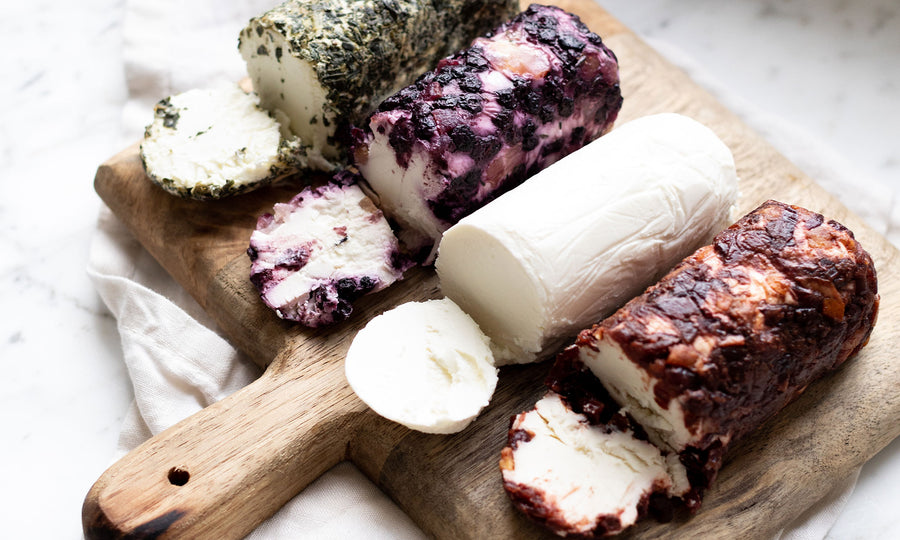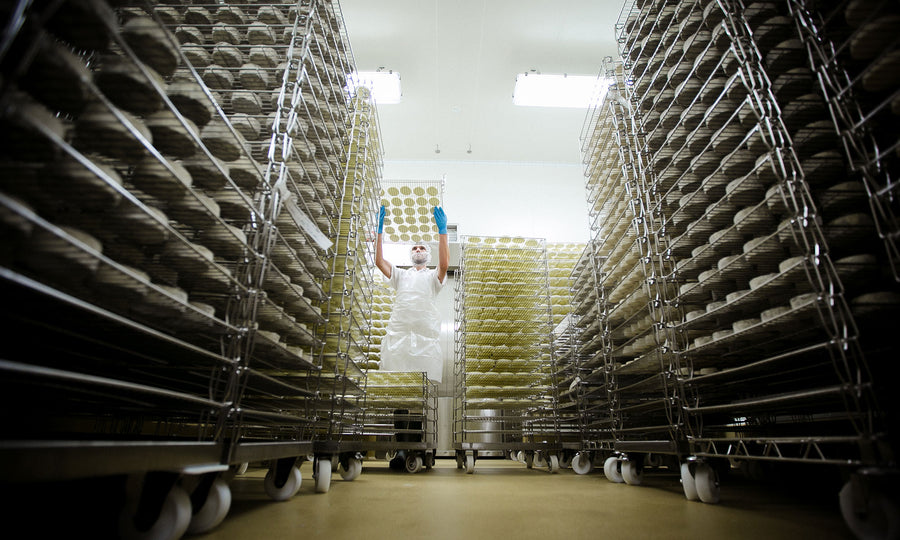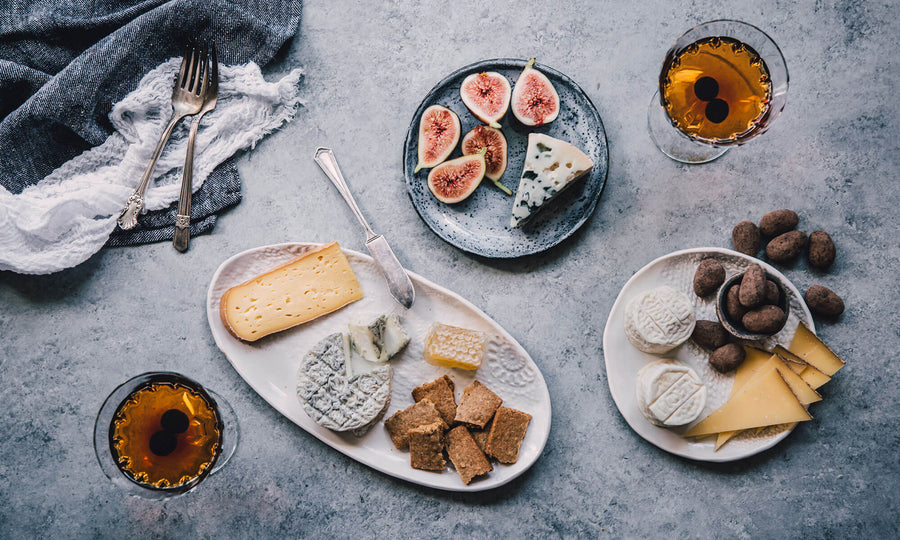WHAT IS CULTURED BUTTER?
Cultured butter is made with fresh, pasteurized cream just like regular sweet cream butter but with one additional, very important step.
HOW CULTURED BUTTER IS MADE

Step 1
Fresh Vermont cows’ cream from the St. Albans Coop is received at the Creamery and pasteurized.

Step 2
After pasteurization, our expert butter makers carefully add live bacterial cultures to our fresh Vermont cream.

Step 3
The cream rests in a vat, where it thickens and develops wonderfully tangy flavor notes of buttermilk and hazelnuts.This is the source of the flavor difference between cultured butter and sweet cream, or American-style butter.

Step 4
After the fermentation, the cream is churned into butter. Making cultured butter is much like making wine, you want to ferment your cream like grapes, slowly, to produce the best aromas. The longer you culture – the better.




